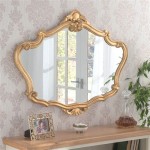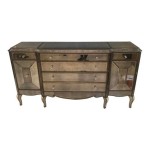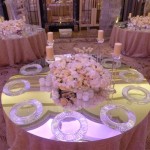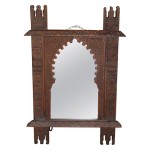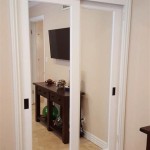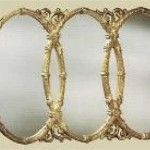Why Are True Mirrors So Expensive?
Mirrors are ubiquitous in our daily lives, reflecting our appearances and surroundings. These seemingly simple objects, however, can come with a wide range of price tags. While inexpensive mirrors are readily available, true mirrors, often referred to as "first surface" mirrors, can be significantly more expensive. Several factors contribute to this price difference.
Superior Reflection Quality
The key difference between a true mirror and a standard mirror lies in their construction. A true mirror, also known as a first-surface mirror, reflects light directly from its front surface. This eliminates the minor distortion and loss of definition caused by the second surface reflection found in typical mirrors. The front surface of a true mirror is typically a thin layer of highly reflective metal, often silver, aluminum, or gold, deposited onto a glass substrate. This construction allows for a perfect reflection without the distortion caused by the layer of glass between the reflective surface and the viewer, making it ideal for applications requiring high accuracy and clarity.
In contrast, a standard mirror, often referred to as a second-surface mirror, reflects light from the back surface of the glass. In these mirrors, light passes through a layer of glass before reflecting off the metallic coating applied to the back of the glass. This creates a slight distortion due to the refraction of light as it enters and exits the glass. While this distortion is often negligible for everyday use, it becomes significant in applications demanding precise reflections, such as telescopes, lasers, and scientific equipment.
Specialized Manufacturing Processes
The production of true mirrors involves specialized processes and materials that contribute to their higher cost. The creation of a first-surface mirror requires meticulous techniques to ensure a perfectly flat and smooth reflective surface. This process is more complex and time-consuming than the manufacturing of standard mirrors. The materials used in true mirrors, like high-quality glass and specialized reflective coatings, are also more expensive.
The manufacturing process for true mirrors often involves the following steps:
- Substrate Preparation: High-quality glass substrates are meticulously cleaned and polished to achieve an exceptionally smooth surface. This process requires specialized machinery and skilled technicians.
- Coating Deposition: A thin layer of highly reflective metal, such as silver, aluminum, or gold, is deposited onto the polished surface of the glass. This coating is applied in a vacuum chamber through a process called sputtering or evaporation.
- Protective Coating: To protect the metallic coating from oxidation and environmental degradation, a thin layer of protective material, typically a transparent coating, is applied over the reflective layer. This coating helps maintain the mirror's reflectivity over time.
These complex processes and the use of specialized materials add to the cost of producing true mirrors.
Applications and Demand
True mirrors find applications in various industries and scientific fields where high-precision reflection is crucial. Some examples include:
- Astronomy: Telescopes utilize true mirrors to capture and focus light from distant celestial objects, requiring precise and distortion-free reflections.
- Laser Technology: True mirrors are essential components in laser systems, ensuring accurate reflection and beam direction.
- Scientific Instrumentation: Many scientific instruments, such as interferometers and spectrometers, rely on true mirrors for precise measurements and analysis.
- Optical Engineering and Design: True mirrors play a vital role in various optical systems, including cameras, microscopes, and other precision optical instruments.
- High-End Decorative Applications: True mirrors are also used in high-end architectural and interior design projects where their exceptional clarity and sharpness are desired.
The specialized applications and the relatively limited demand for true mirrors further contribute to their higher cost. The demand for this type of mirror is typically associated with professional and scientific fields, rather than the mass market.

Why Are Mirrors So Expensive 5 Important Factors To Know Moyes Glass

Why Are Mirrors So Expensive 5 Important Factors To Know Moyes Glass

Why Are Mirrors So Expensive 5 Important Factors To Know Moyes Glass

Why Are Mirrors So Expensive

Why Are Mirrors So Expensive

Why Are Mirrors So Expensive

Latest 2024 S Free True Mirror See Yourself As Others You In A New Light

Latest 2024 S Free True Mirror See Yourself As Others You In A New Light
Is A True Mirror Non Reversing Accurate Quora

Which Image Of A Person Is More Real The One We See In Or Mirror Quora


